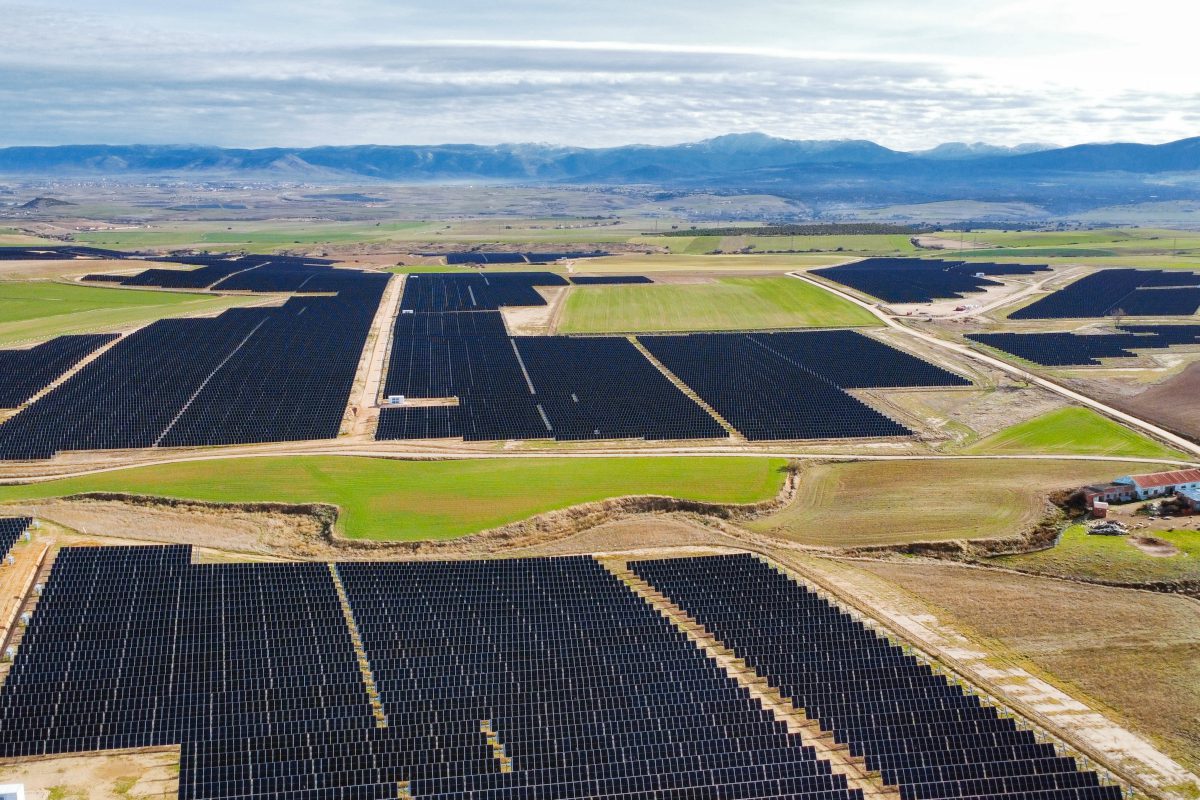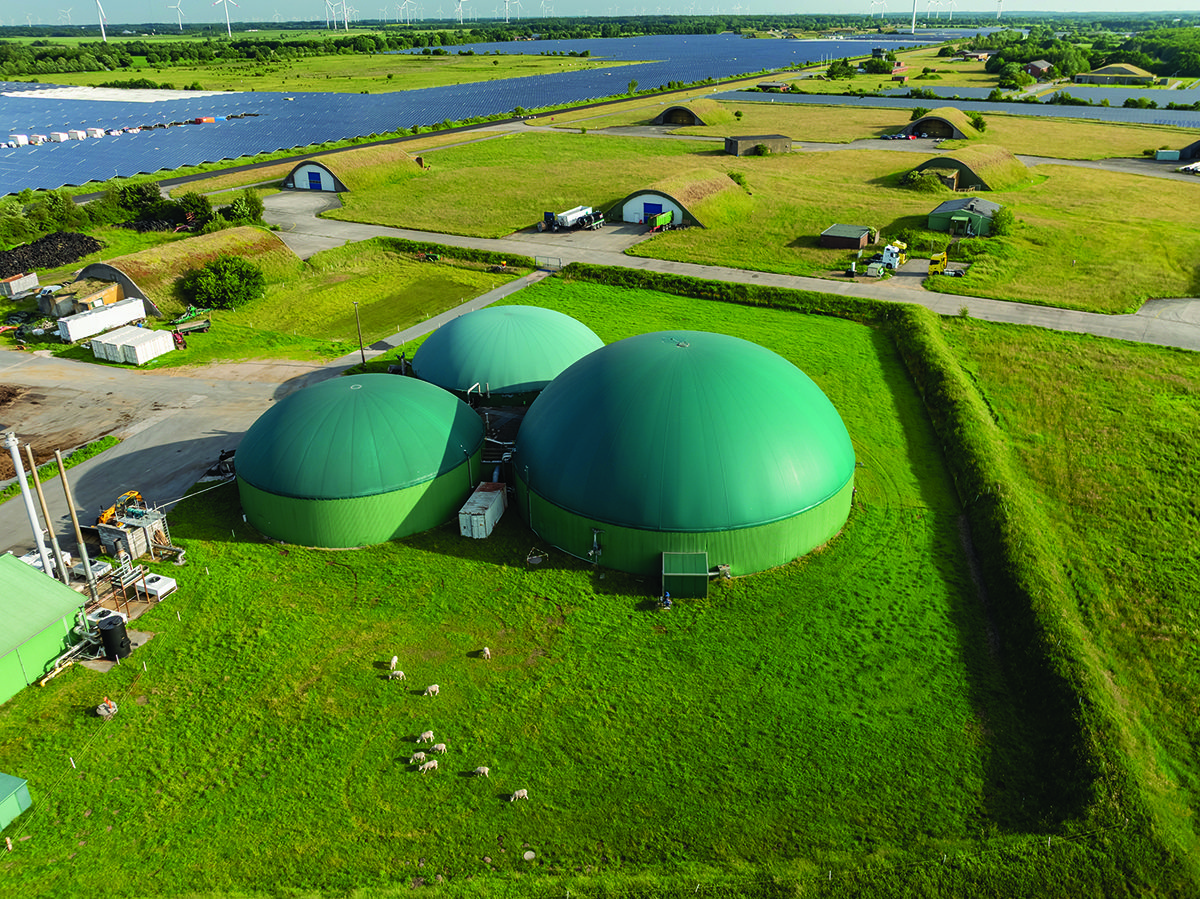A seemingly bold prospectus for ensuring green growth, how well does the UK government’s Industrial Strategy respond to the challenges of the moment?
The UK has the highest industrial energy costs in the developed world.1 It is also now setting the pace with some of the world’s most stringent carbon targets. Both facts seem central to any prescription for a solution to the country’s ailing economy.
Manufacturers and industrial groups mostly seemed to respond to the new Industrial Strategy,2 announced on 23 June, with sentiments ranging from cautious approval to enthusiastic endorsement.
Commentators beyond the industrial and environmental spheres expressed a greater range of opinions on the likely success of the roadmap. While reservations on that front were apparent from many of the expected quarters – and the document evinces a confidence in net zero as a route to cheaper energy that seems at increasing variance with much of the wider world – there were also misgivings from some in the sustainability sphere about its fairness.
Certainly, it seems to mark a point of departure from government white papers of the past. Economist Mariana Mazzucato, writing in New Statesman, praised the focus on strategic transformation of key sectors rather than jingoistic rhetoric.
Such documents all too often present as an exhaustive list of “things we know to be a problem”, followed by an insistence that, this time, we’ve got the magic solution – a pitfall this white paper didn’t avoid.
Sectoral support
The decision to target support at specific sectors – the “IS-8”, comprising about 32% of the economy3 – may be a reflection of the modest budget available. The package includes a commitment of £86 billion to R&D over four years, with an additional £4bn allocated to the British Business Bank, to invest in companies in these sectors.
The amounts committed didn’t match the scale of the challenge in the eyes of some, including The Times, which criticized it as incremental and timid, arguing for much bolder levels of public investment – on a par with what has been directed to industries in Sweden, South Korea and Israel.
Indeed, the three countries discussed in this case offer a precedent for the potential promise of this kind of industrial strategy, based on selecting and supporting key sectors.
The sectors being targeted for support – “Advanced Manufacturing”, “Clean Energy Industries”, “Creative Industries”, “Defence”, “Digital and Technologies”, “Financial Services”, “Life Sciences”, and “Professional and Business Services” – have been chosen because “they are the best positioned to drive inclusive, sustainable, and resilient growth”. Ambitious 10-year plans are promised to make the UK the most attractive location for these sectors, and to support them principally through cheaper energy, trade support, and a renewed focus on skills and training.
On energy prices, the Strategy outlines plans to reduce electricity costs by up to 25 per cent from 2027 for electricity-intensive manufacturers in growth sectors and foundational industries in their supply chain. Around 7,000 British businesses are likely to qualify for this, which will amount to a £35-40 per megawatt hour reduction in their bills.
Energy-intensive industries – such as the makers of steel and chemicals – will also receive an extension to the 60% discount they currently get on network charges under the “British Industry Supercharger” scheme. And this will likely help around 500 businesses.
Trade group Make UK had previously pinpointed “crippling energy costs” as one of the “three major challenges that were diminishing our competitiveness, hampering growth and frustrating productivity gains”. CEO Stephen Phipson, praised the strategy’s “comprehensive and well-funded plans to address all three of these structural failings.”
Funding for the policy will require “no new taxes or borrowing and no increase on bills for anybody else”, according to Business secretary Jonathan Reynolds.4 Elsewhere it has been explained that funding will come from carbon taxes on polluters. Writing in The Telegraph, Kathryn Porter said it was “yet another stealth tax imposed, with minimal scrutiny, on businesses that generate emissions”.
Misgivings were apparent too within the sustainability sphere. Nigel Pocklington, chief executive, Good Energy, acknowledged the new policy, and the exemption from levies that will help to cut energy costs for businesses in high energy use industries. But he said: “The fairer approach would be to do the same for everyone including households.” He echoed a position taken by the Climate Change Committee, that “moving these policy costs into general taxation would be a bold and fair triple win for climate and this government.”
“There they would be levied more fairly, whilst heating a home with a heat pump would become significantly cheaper than gas, and energy bills would be lower for all.”
One strength of the sectoral support package seemed to be the certainty it should provide. “As a UK manufacturer at the heart of the electricity supply chain, it’s a huge confidence boost to see a firm commitment to strengthening the sector that keeps the country powered,” said Jon Hiscock, CEO of UK electrical equipment manufacturer Fundamentals.
The support package also promises to expedite grid connections for companies in the IS-8, via a “Connections Accelerator Service”. Hiscock commented: “Speeding up grid access for strategically important projects is exactly what our industry needs to drive innovation and modernise the grid.”
“However the UK’s ageing electricity network was never designed to handle the kind of power flows that come from decarbonisation. Turning ambition into delivery will be the real test.”
Specific support will also be offered to these IS-8 sector firms in the shape of help with securing overseas investment, and with ramping-up skills development, with an extra £1.2bn each year to be invested in skills by 2028-29.
Each IS-8 has its own bespoke ‘sector plan’, setting out a vision of the sector’s transformation by 2035.
The commitment to net zero seems, if anything, redoubled in the document, despite the political headwinds. Indeed, it seems to be a means by which the document hopes to build a sense of certainty and attract investment.
In New Statesman, Mariana Mazzucato also wondered about the apparent narrowness of the way the strategy approaches net zero, with the focus seemingly very much on renewable energy. A net zero goal, after all, should be just as much concerned with things like developing green construction materials, or evolving sustainable mobility. The strategy document makes brief mention of “circular practices like re-use and recycling”, with seemingly more detail to follow in a Circular Economy Strategy to be published in the autumn.
Within the IS-8 sector “Clean Energy Industries”, the document includes Wind (Onshore, Offshore and Floating Offshore), Fusion Energy, Nuclear Fission, Hydrogen, CCUS, and Heat Pumps. Detail is provided on the UK’s strengths in each. For example, on CCUS the UK will aspire to become “the CO2 storage hub of Europe”.
While many observers celebrated the commitment to lavish resources on sectors that show promise, and the willingness to challenge the belief that green growth and economic prosperity can’t coexist, there still seemed concern that those operating outside the IS-8 sectors were being forgotten or overlooked.
The need to “to build a compelling narrative” around a green industrial strategy seemed paramount to Mariana Mazzucato. Maintaining political consensus is obviously key to the longevity of these plans.
Kathryn Porter suggested it was “deluded” to continue to insist that clean energy means cheap energy, an aspect of the government’s communication around net zero that is visible here. Observers of the discussion can certainly take away an impression of entrenched positions and very little debate.
There are also seemingly strident contradictions in the attempt to combine net zero with defence, one of the IS-8 sectors targeted for support. A recent report in The Guardian estimated NATO remilitarization as likely to increase GHG emissions by almost 200m tonnes per year – or the equivalent of adding the cost of a country as large and populated as Pakistan to the world’s remaining carbon budget.
The commitment to AI and net zero also seems contradictory, given the exponential growth in energy demand implied by this leadership aspiration.
Detail on how the various sector strategies align with net zero will await the publication of the various different sectoral plans due to be published in the coming period.
Notes
[1] “Defence and the retreat from net zero”, by Dieter Helm, March 2025. https://dieterhelm.co.uk/publications/defence-and-the-retreat-from-net-zero/
[2] “The UK’s Modern Industrial Strategy”, Published on 23 June. https://assets.publishing.service.gov.uk/media/68595e56db8e139f95652dc6/industrial_strategy_policy_paper.pdf
[3] ibid
[4] “Energy prices to be cut for businesses as part of UK industrial strategy”, Financial Times, 22 June 2025. https://www.ft.com/content/cd73fa21-ea81-42fa-979e-8d7fec203e3f

















